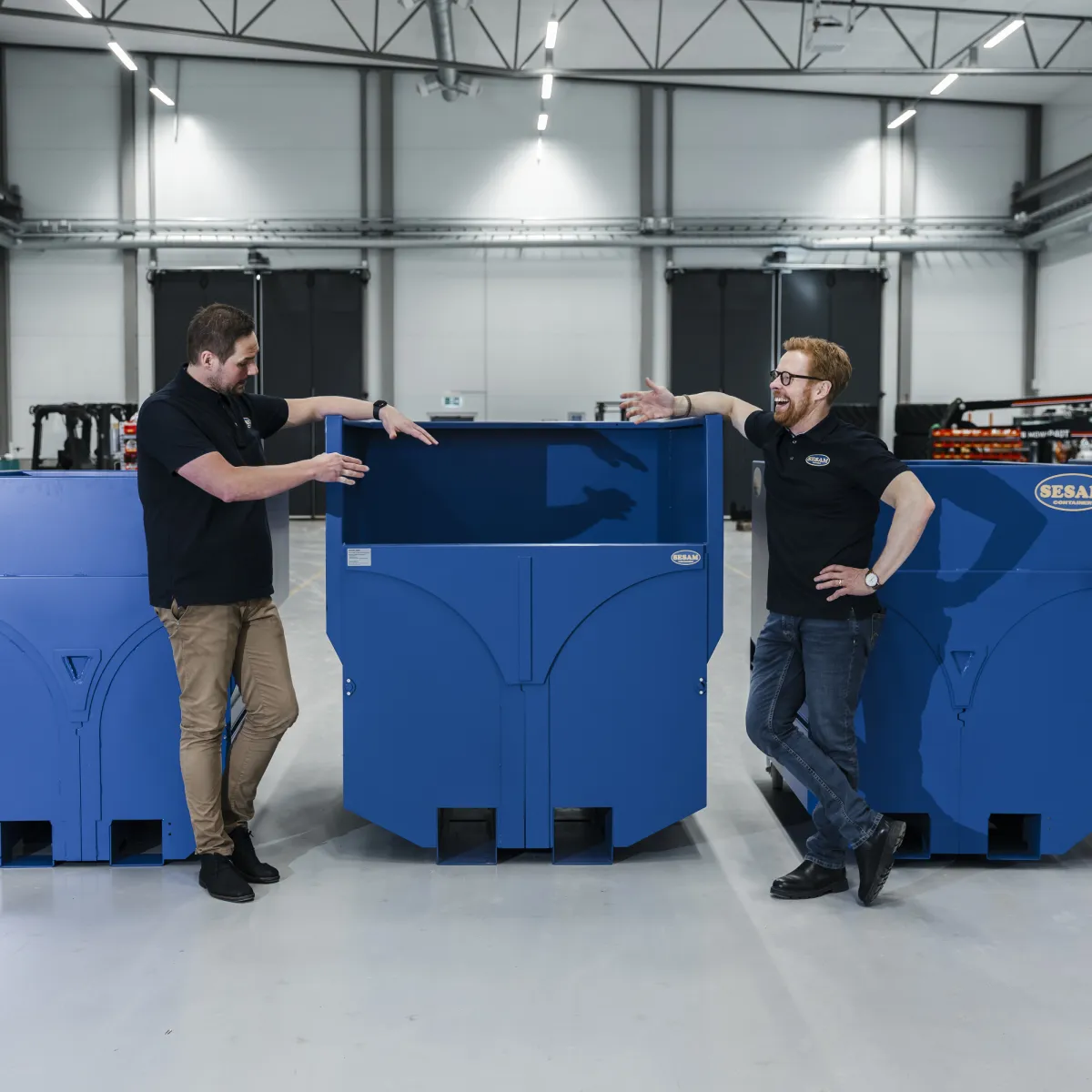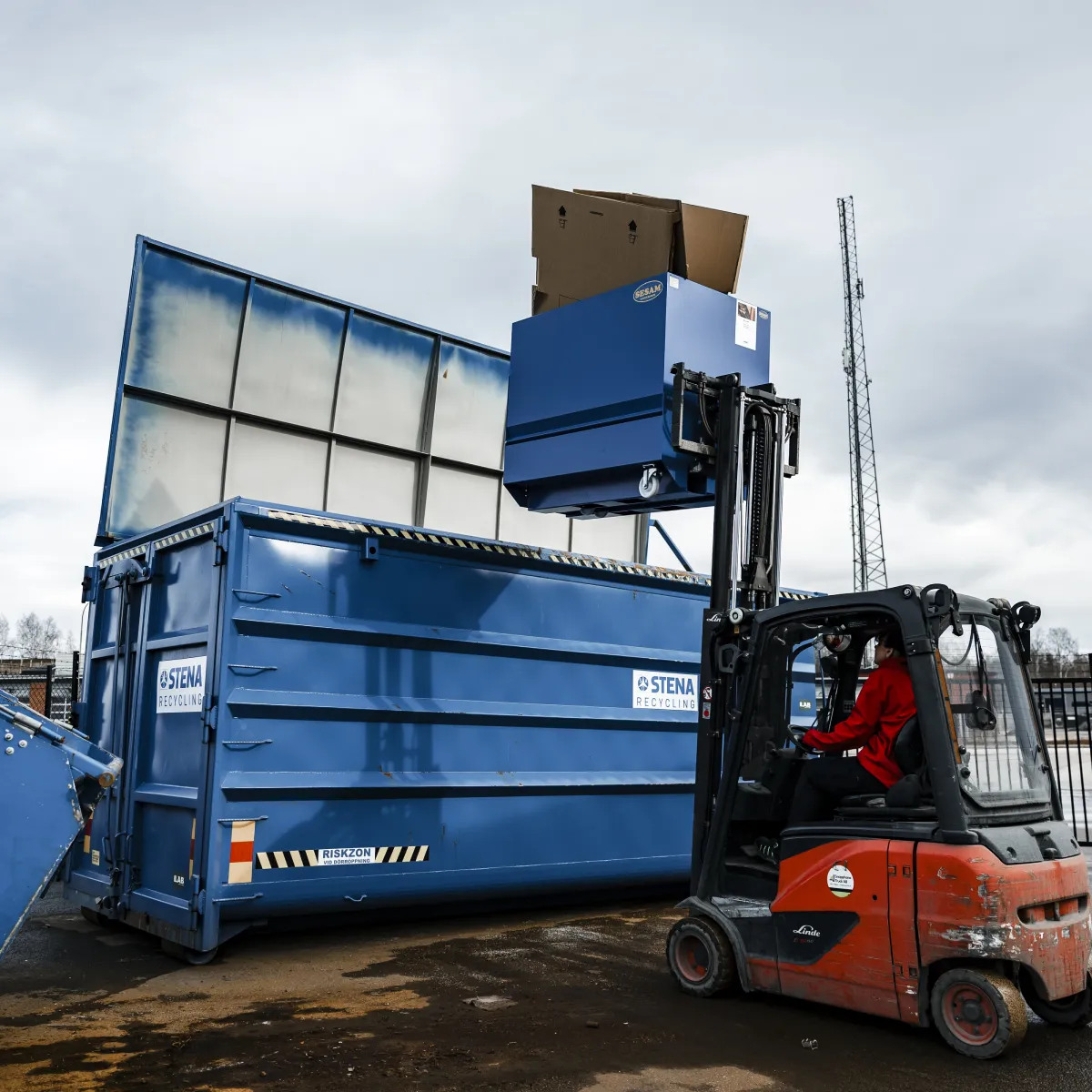Commercial waste administration operations are starting a substantial transformation as forklift-compatible crap containers get common use across numerous sectors. These specialized bins, designed for bottom emptying container (bottentömmande container) with normal forklift equipment, are giving measurable changes in operational performance and workplace safety.
Operational Efficiency Shows Dramatic Improvements
Recent performance data reveals considerable output gains from forklift-compatible pot systems. Operations using these pots record 35% faster selection rounds in comparison to standard manual managing techniques, somewhat lowering work needs and car downtime.
Box placing accuracy increases by 88% when forklift operators handle properly developed crap containers. This detail reduces sill situations and diminishes washing time, causing overall detailed performance increases across large-scale spend administration operations.
Loading and unloading times decrease by an average of 8 moments per pot when forklift compatibility replaces manual training systems. These time savings compound during everyday operations, offering significant output improvements for high-volume spend managing facilities.

Safety Statistics Demonstrate Clear Risk Reduction
Workplace damage knowledge helps the convincing safety event for forklift-compatible waste containers. Operations applying these systems knowledge 52% less back accidents and similar stress situations compared to facilities relying on information box handling.
Incident prices drop considerably when technical raising replaces human effort. Agencies record 67% decrease workers' payment statements after moving to forklift-compatible container programs, representing significant cost savings beyond output improvements.
Ergonomic benefits extend for the duration of waste series operations. Workers report 43% less physical weakness when forklift gear handles large pots, adding to increased job satisfaction and reduced staff turnover rates.
Cost Analysis Reveals Strong Financial Returns
Financial knowledge demonstrates positive return on investment for forklift-compatible jar adoption. Agencies on average recover implementation costs within 14 weeks through combined work savings and paid off damage expenses.
Gear durability increases substantially with proper physical handling. Forklift-compatible bins knowledge 31% less injury all through routine operations compared to personally handled alternatives, extending support living and reducing substitute frequency.
Maintenance prices reduce by around 22% when standardized forklift handling replaces different manual techniques. This reliability reduces jar use styles and simplifies preventive preservation scheduling across large pot fleets.
Capacity Utilization Reaches New Standards
Jar design changes help better space operation for the duration of selection operations. Forklift-compatible systems obtain 91% normal load costs in comparison to 76% for personally positioned containers, maximizing hauling effectiveness and lowering variety volume requirements.
Standardized dimensions help optimum truck launching configurations. Forklift operators can place pots with millimeter detail, allowing 18% more pots per transporting vehicle in comparison to handbook packing methods.
Fat circulation improves considerably through technical positioning. Correctly balanced masses reduce car wear and fuel use by approximately 12%, delivering continuing detailed price benefits.

Industry Adoption Accelerates Across Sectors
Industry transmission statistics indicate quickly rising acceptance of forklift-compatible waste containers. Production facilities display 73% usage charges for new jar purchases, pushed by demonstrated protection and performance advantages.
Structure procedures report 156% increased using forklift-compatible systems within the last two years. These demanding conditions especially take advantage of the toughness and managing detail these bins provide.
Municipal waste administration operations are implementing forklift-compatible programs at accelerating rates. Community segment usage has improved 89% annually as budget-conscious administrators identify long-term charge advantages and liability decrease potential.
Forklift-compatible crap pots represent a proven answer offering measurable advantages across protection, performance, and price metrics. Businesses analyzing waste handling changes should consider these efficiency advantages when preparing operational upgrades and gear standardization initiatives.
